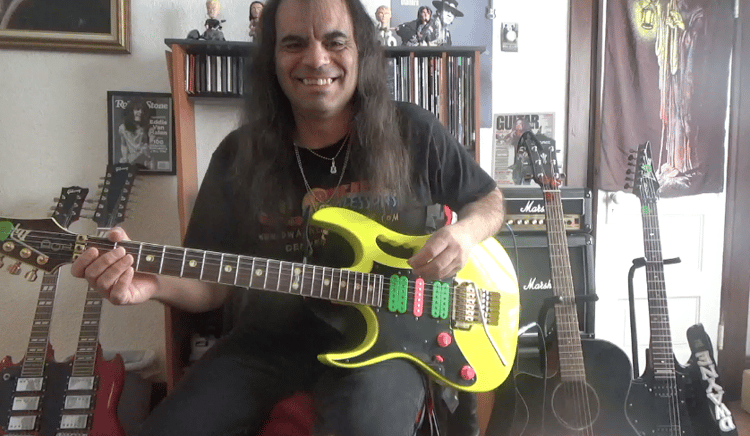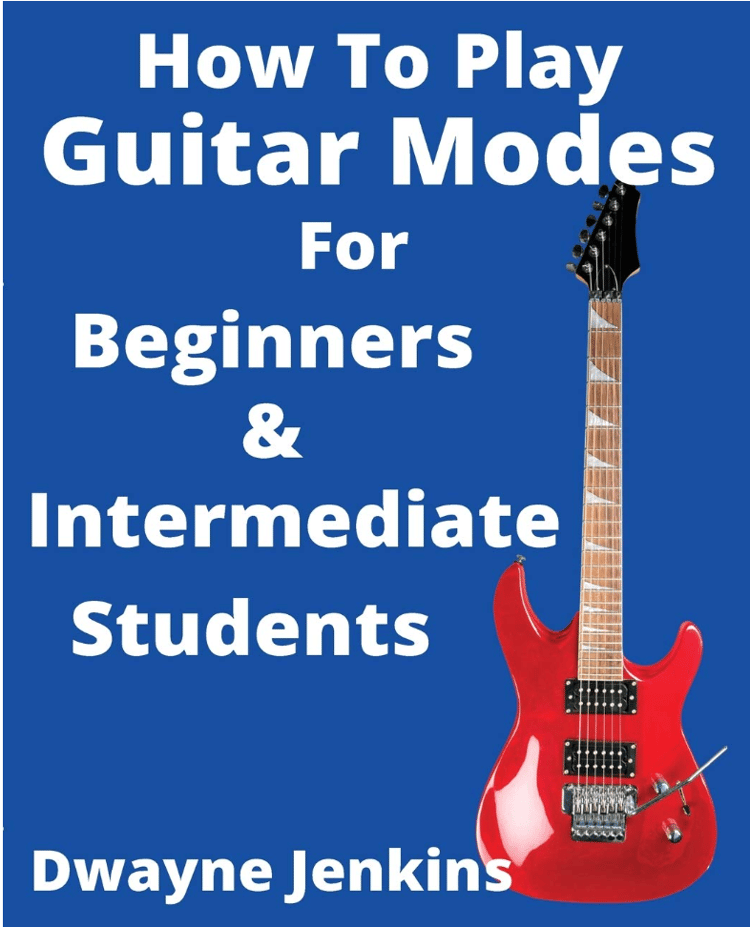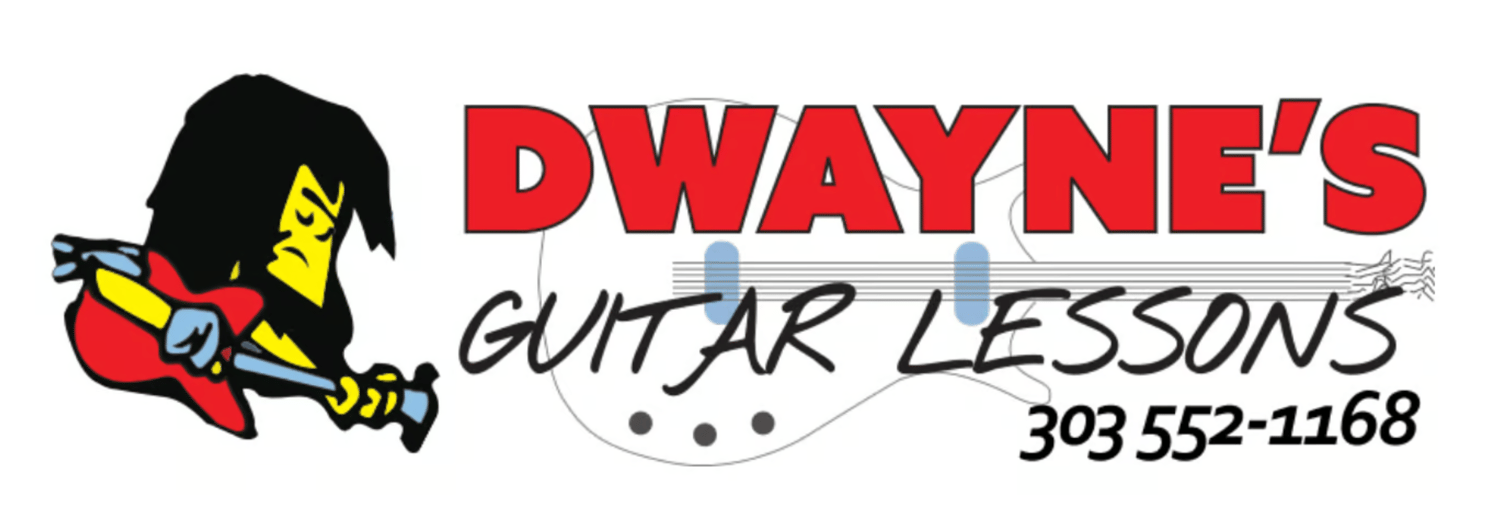In today's lesson, we are going to learn the top secret to mastering the Mixolydian mode fast! This will help you to enhance your guitar solos and melody lines. In addition to that, if you grasp a full understanding of this mode, you can use it to enhance your rhythm playing as well.

What is the Mixolydian mode?
The Mixolydian mode is the 5th mode of the major scale. It is characterized by having a flat 7th note in it. This gives it a bluesy, moody type of tone. Since this is the case, it is usually associated with the dominant chord that also uses a flat 7th note.
What is a flat 7th note?
Glad you asked. This comes from the 7th note of the major scale. Depending on what major scale you are playing, will determine what this note will be. Let's look at an example in the key of G major.
Key of G Major: G A B C D E F# = 7 notes
In the case of the G major scale, the natural 7th note is an F#. By flattening it, we change the tonal character of the key. Since the Mixolydian mode plays off of the 5th note, we will create the D Mixolydian mode in the key of G major.
D major scale: D E F# G A B C# D = 7 notes
D Mixolydian mode: D E F# G A B C D = 7 notes with a flat 7th
The D major scale will normally have a C# in it, but because we've flattened it to C, we have created the D Mixolydian mode. The D major scale with a flat 7th note. By doing this, we have, in a sense, created a different shade of color or an alternate D major scale.
Watch the video lesson below
The 7 notes of the major scale
The major scale is the foundation of all chords and scales because they can all be created out of it. All 12 keys in the musical alphabet have 7 notes in them, and by learning these 7 notes within the key or scale, you can create countless chords and scales. This is why it can be beneficial to your compositions when you know this information.
Create the Mixolydian mode in any key.
To create the mixolydian mode in any key, all you need to do is find out what the 7 notes are, find them on your guitar, and flatten the 7th note by one fret. If you're playing the G major scale as mentioned above, and you want to create the G Mixolydian mode, all you have to do is flatten the F# note to F.
By doing so, you will create the G Mixolydian mode. Just like we did in the key of D major. This concept can be done with any major scale that has 7 notes. When you do this, listen for how it changes the tonal quality of the scale. This allows you to create a different emotion with your guitar and master the Mixolydian mode fast!
Dive deeper
If you'd like to know more about how the Mixolydian mode can help your guitar playing, I recommend you grab my book I authored and self-published. How To Play Guitar Modes. This method book will not only teach you more about the Mixolydian mode, but also teach you about the other 6 modes. Remember, since there are 7 notes in the major scale, there are 7 modes. One for each tone degree.
How To Play Guitar Modes

In this book, you will learn all about the guitar modes. How they look across the fretboard, their whole-step, half-step formula, and how to create phrasing out of them. As well as what chords can be created for better rhythm playing. The guitar modes are mysterious, but not that hard to grasp if you just take it one step at a time.
That's what Learn To Play Guitar Modes is. A step-by-step method that will teach everything you need to know about how to discover where they are along the fretboard, and how to use them to not only enhance your compositions, but also expand your knowledge of music theory. So, if you feel you'd like to learn more about the Mixolydian mode, grab the book on Amazon and unlock the key to a whole new world you never knew existed.
Private instruction is also available if needed
In addition to authoring guitar method books, I also offer private guitar lessons. These can help you to learn faster, develop a better understanding of musical concepts and techniques. As well as provide an enjoyable learning experience. If you feel this option might work for you, feel free to contact me at my website, and we'll set up a time to talk on the phone and meet. Either online or in person. Whichever might work for your convenience and schedule.
Thanks for your time, and good luck with your studies.
Until our next guitar lesson, take care.
Sincerely, Dwayne Jenkins


